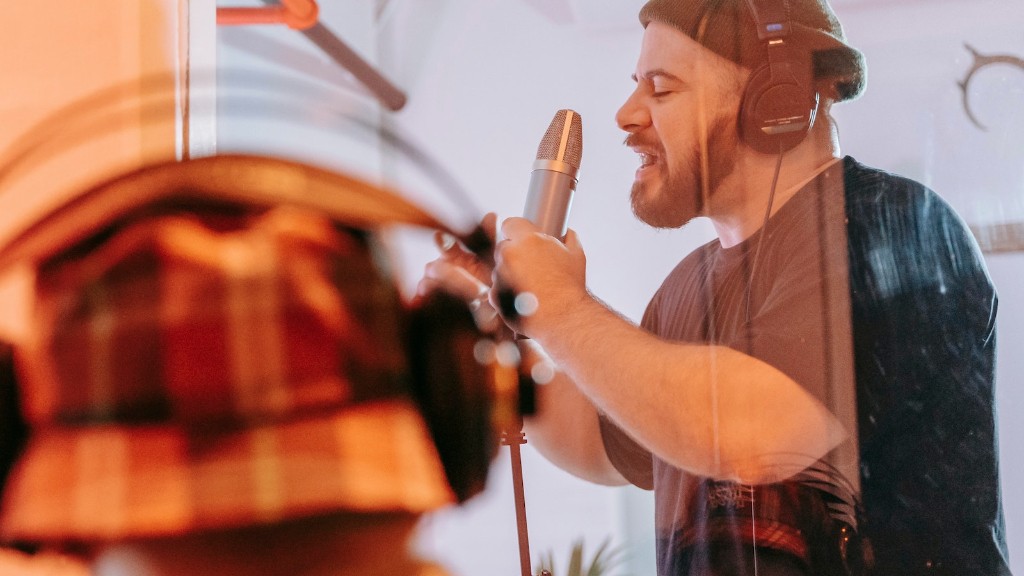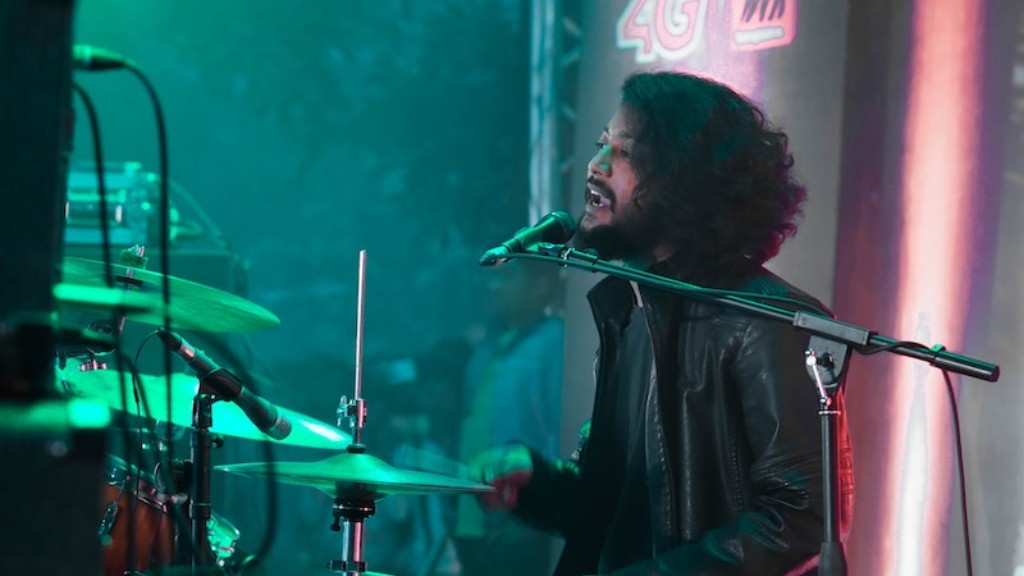Learn How To Draw Stick Figures
Do you want to be the next Leonardo da Vinci or Mike Mignola? Both these amazing illustrators started their careers by learning how to draw stick figures. Stick figures may seem simple, but they are actually the foundation of all good illustration, whether it be comic books, storyboarding, or animation. Once you’ve mastered stick figure drawing skills, you can build on them and develop your art further.
Think that stick figures will be boring? Think again! Stick figures don’t have to be the same boring line drawings that you see in children’s books. By learning the basics of how to draw stick figures, you can create expressive artwork that can be integrated into all kinds of different art forms. With a little bit of practice, you’ll be producing masterpieces in no time.
1. Take it One Step at a Time
When it comes to learning how to draw stick figures, it’s important to take it one step at a time. Start with the basics: drawing simple, symmetrical shapes. Then work your way up to more complex shapes, like a circle for the head, an inverted triangle for the body, and two straight lines for the arms and legs. It helps to draw in pencil, so you can erase and make adjustments as needed.
At first, you may find that your drawings come out “lumpy” or “blobby”. That’s okay! Keep practicing and you’ll eventually get the hang of it. One thing to remember is to take your time; don’t try to rush it. Stick figures are simple, but they can still take a bit of practice to get right.
Once you’ve mastered the basics, it’s time to move on to more complex figures. Start by sketching out a few shapes and then filling them in. You can add details like eyes, a mouth, hair, or clothing if you like. Make sure to vary the poses; this will help you learn how to draw stick figures in different positions.
If you’re not sure what you’re doing, try looking at a few tutorials or example drawings. Many illustrators share their tutorials and techniques online, so you can use those to give you an idea of what to do. Take a few minutes to study how a professional illustrator draws stick figures and try to imitate their technique.
2. Get Creative With Props
Sometimes it helps to add props to your stick figure drawings. Props can add a bit of flair to your artwork and make it look more interesting. You don’t have to be limited to simple things like hats, glasses, and umbrellas. Get creative and add items such as swords, jetpacks, or even giant robots! Just remember to keep the proportions realistic so they don’t look out of place.
Another cool thing to keep in mind is to add a background to your drawings. This can be anything from a simple sky or landscape to a complex cityscape. You can also add objects like trees and buildings to give your drawings more depth. The possibilities are endless, so have fun with it!
Also, try adding some movement to your stick figure drawings. You can do this by adding dynamic gestures or exaggerated poses. Try to create a sense of action and life in your drawings. You’ll be surprised how expressive these simple figures can be when you give them a bit of energy.
3. Focus on the Details
One of the most important things to remember about stick figure drawing is to pay attention to the details. Little things, like where the figure’s eyes are looking, what their hand is doing, and even the tilt of their head can all make a big difference when it comes to portraying emotion or action. Take a few minutes to really look at your drawings and make sure you’re getting the details just right.
Another great way to practice attention to detail is to draw people doing everyday activities. For example, draw a stick figure walking their dog, doing yoga, or eating breakfast. This way, you’ll be able to practice representing all sorts of different poses and facial expressions.
It also helps to add color to your drawings. Trying different shades of gray or a touch of color here and there will make your stick figure drawings look even more dynamic. You can even use color to add a bit of perspective and shape to your drawings. For example, try drawing a blue sky or a green tree in the background to give your drawings a bit more life.
4. Get Creative With Perspective
You can also play around with perspective when it comes to stick figure drawing. For example, try drawing a stick figure from a bird’s eye view, or from the ground looking up. This will help you practice using perspective and will make your drawings look more interesting.
Adding dramatic lighting is also a great way to enhance your drawings. Try experimenting with different light sources like the moon, the sun, or even a street light. This can give your drawings a whole new layer of depth and texture.
Finally, try changing up your line weight. You can make your lines thinner or thicker depending on what kind of effect you’re trying to achieve. Try making some lines bold and others light to give your drawings more life and texture. With practice, you’ll find that subtle changes in line weight can make a huge difference.
5. Put It All Together
Now that you know the basics of how to draw stick figures, it’s time to put it all together. Get creative and start coming up with your own figures and poses. Try to draw stick figures that really capture the emotion or action you’re trying to portray. Don’t forget to add props, color, and other details to really bring your figures to life.
Drawing stick figures is a great way to practice your illustration skills and have fun at the same time. The best part is that there are no rules, so you can let your creativity lead the way. So get ready to put your artistic skills to the test and start drawing your masterpieces today!


